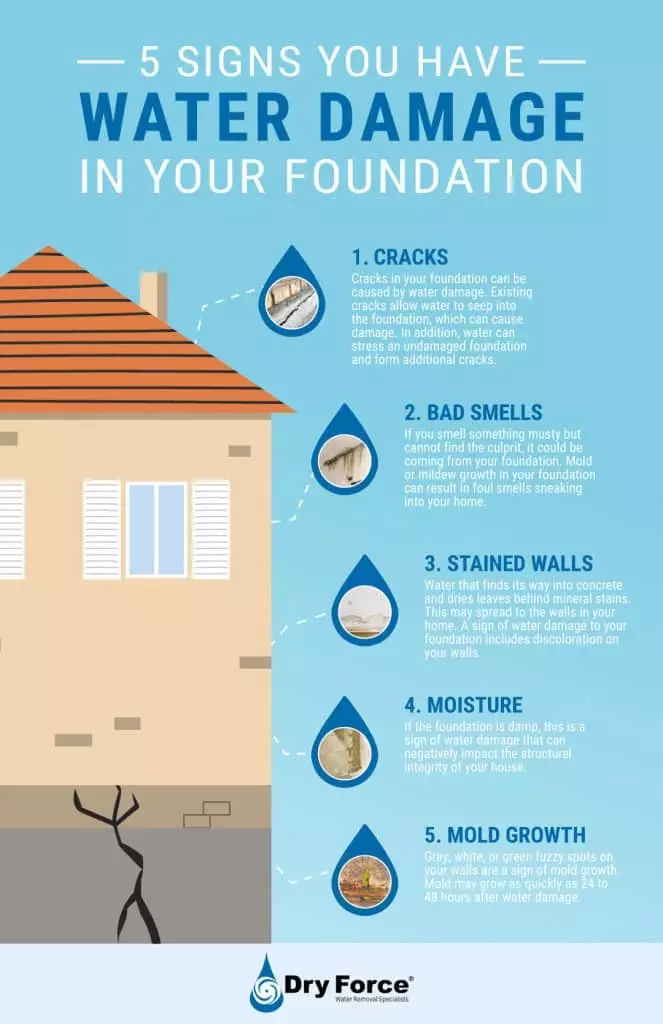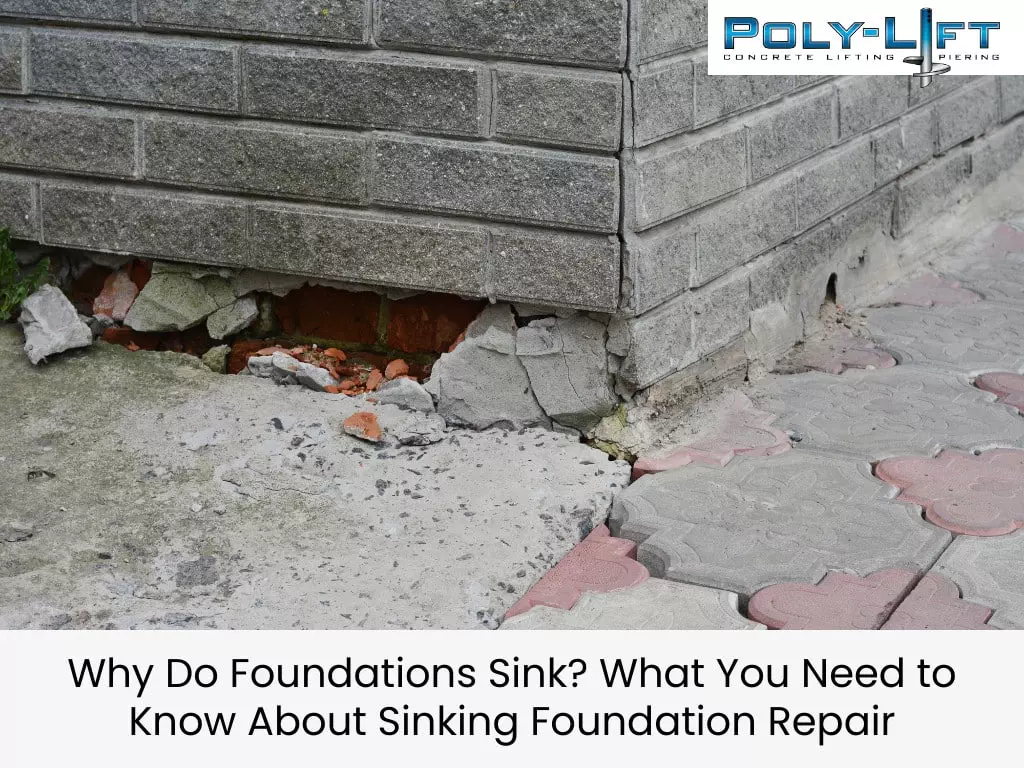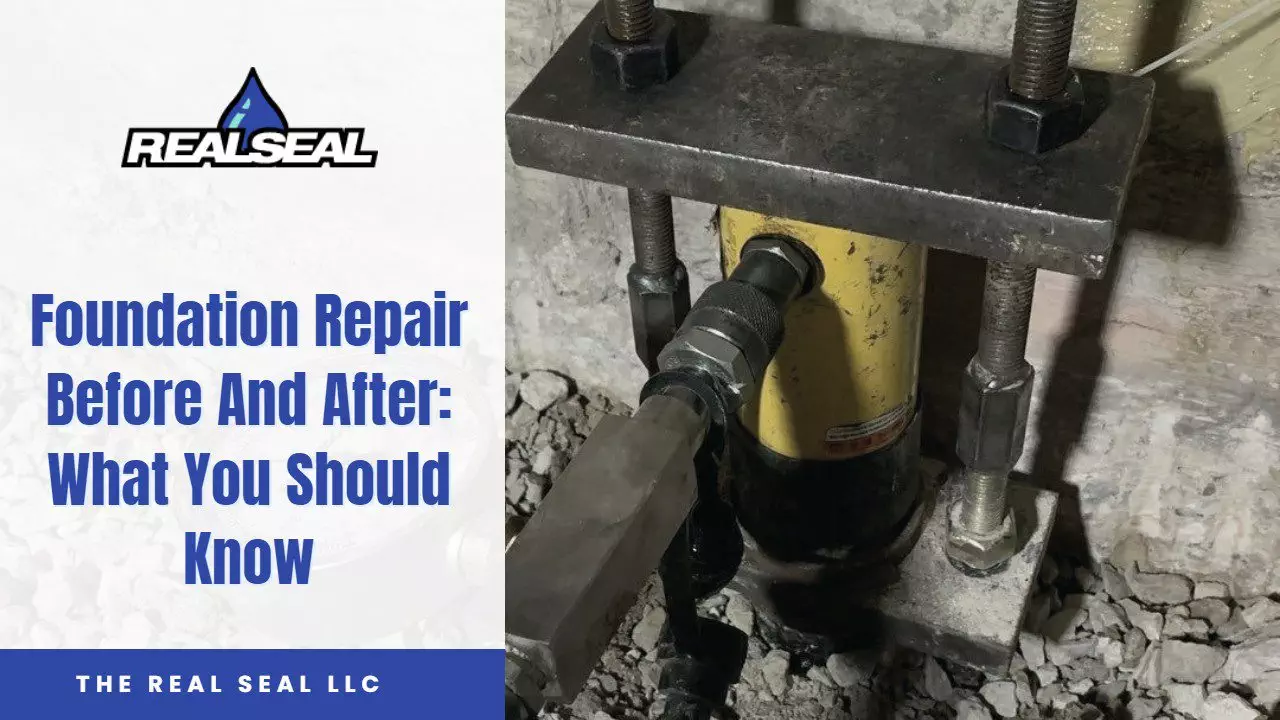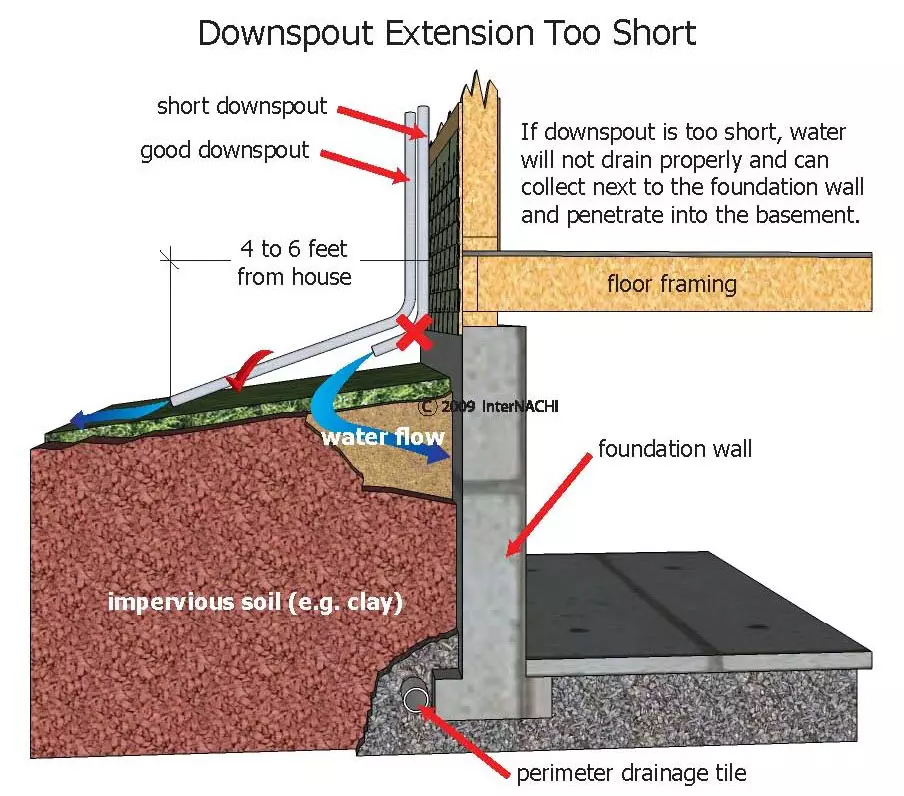
Signs of Foundation Damage: How to Protect Your Home in 2025
Imagine walking into your living room and noticing a few things out of place. Your floor feels slightly uneven under your feet, and you spot cracks forming around the windows. These may seem like small issues, but they could be signs of foundation damage. Figuring out how to protect your home now can save you from bigger headaches in the future.
Your home is your sanctuary, but trouble can lurk beneath the surface. Foundation cracks, sticking doors, and even wall gaps are more than inconveniences. They are indicators of possible foundation problems. By understanding these clues, you can prevent potential structural damage and avoid costly repairs. Whether you’re worried about a tilting chimney or have noticed basement leaks, tackling these issues head-on is crucial.
Don’t wait until it’s too late. Discover how to safeguard your home in 2025 by learning what to watch for and when to call in the experts. Keep reading to find out how to address these foundation worries before they become serious threats to your home.
Within the post
Identifying Signs of Foundation Damage
When it comes to keeping your home safe, spotting the signs of foundation damage early is crucial. Many people don’t realize that even minor foundation issues can lead to major repairs down the line. By learning to notice these signs, you can address them before they escalate into bigger problems.
Foundation Cracks
Cracks are one of the most common signs of trouble. You might notice them in your basement walls, on the exterior of your house, or even inside your home. These cracks can vary in size and shape and often signal a deeper issue with your foundation. It’s important to pay attention to the direction of these cracks. Horizontal cracks can be more concerning than vertical ones because they might indicate pressure from the outside soil. Keep an eye on any changes in the cracks, especially if they seem to be growing over time.
Uneven Floors
Walking inside your home should feel smooth. But if you begin to feel bumps or slopes as you walk, your floors might be uneven. This is another sign that your foundation might be shifting. You can test this by placing a ball on the floor. If it rolls on its own, you probably have an issue. These uneven floors might also make furniture wobble, causing further discomfort. Therefore, addressing these signs early can prevent more serious problems down the road.
Understanding the Causes Behind Foundation Issues
Before you can protect your home, you need to understand what causes these foundation issues. Knowing the causes can help you take preventive measures to guard your home against future damage.
Settling Foundation
Over time, it’s natural for your house to settle. As the soil beneath the foundation shifts, it can cause the foundation to move slightly. This movement can lead to various structural problems. Soil erosion is one of the main reasons for this settling. You might notice soil erosion after a heavy rainfall, where the water washes away the soil around your home. Water damage, on the other hand, can saturate the soil, making it weak and unable to support your home properly. Keep an eye out for any significant shifts in your home’s structure.
Sinking Foundation
A sinking foundation is a more serious issue. If you notice your home seems to be sinking on one side, it might be time to call in professionals. Early detection is key here, as the sooner you catch the problem, the less damage it can cause. You can check for signs of sinking by looking at the exterior of your house. If you see uneven lines or gaps, it might be a signal foundation problem. Regularly checking for these signs can save you money and stress in the long run.
Recognizing Interior Indications
Inside your home, there are several clues that might indicate foundation problems. Recognizing these signs can help you take timely action and prevent further damage.
Sticking Doors and Windows
Do you ever find it hard to open and close your doors and windows? This could mean more than just a little draft. Sticking doors and windows often indicate foundation movement. When the foundation settles unevenly, it can cause the door and window frames to go out of alignment. Therefore, paying attention to these small annoyances can help you catch a bigger problem before it grows out of hand.
Wall Gaps
Gaps between your walls and the ceiling or floor can be alarming. These gaps are usually a result of your home’s movement due to foundation issues. Over time, wall gaps can become larger if the underlying problems aren’t addressed. So, if you notice these gaps, it might be time to call in an expert for a foundation inspection. They can offer solutions to keep your home safe.
External Symptoms to Monitor
Not all signs of foundation damage are inside your home. There are several external symptoms you should keep an eye on as well.
Chimney Separation
Your chimney might not have crossed your mind as a potential problem area, but it can be a strong indicator of foundation issues. If you notice your chimney tilting or separating from your house, it requires immediate attention. This separation might mean your foundation is shifting or settling unevenly. The sooner you address this, the less likely it is that a more significant problem will arise.
Other Signs to Consider
Siding gaps can also tell you a lot about what’s happening with your foundation. As the foundation shifts, it can cause the siding to gap or crack. These changes might not seem urgent at first, but timely repairs can save you a lot of money and stress. Therefore, it’s crucial that you monitor the exterior of your home regularly.
Basement Concerns
Your basement is another area where you might see signs of foundation damage. Basement leaks threaten safety by allowing water to seep into your home, leading to more serious issues like mold growth. Mold can affect the air quality in your home, posing health risks to you and your family. Keeping an eye on your basement and tackling any leaks as soon as they appear can prevent these problems from escalating.
Preventing Further Structural Damage
Once you’ve identified potential issues, acting fast is key to preventing more significant structural damage. The following tips can help you keep your house in top condition and protect it from further harm.
Regular Home Maintenance
Regular maintenance ensures that your home stays in good shape. You should schedule yearly inspections to identify and address any foundation issues early. Maintaining your home in its optimal condition means fixing the little problems before they become big ones. Regular checks on critical areas can save you time and money.
Engage Professionals
Getting professional assessments is crucial when it comes to foundation issues. These experts can conduct a comprehensive review of your home’s foundation, ensuring that you address all potential problems. If you’re unsure about any signs you’ve noticed, calling in an expert can give you peace of mind. They have the tools and knowledge to provide effective solutions tailored to your specific needs.
Addressing Problems Early
Being proactive is the best way to tackle foundation problems. The urgency of addressing issues as soon as you spot them can’t be overstated. Early action can minimize damage, reducing the time and cost involved in potential repairs. Therefore, taking immediate steps when you see signs of foundation damage is both wise and cost-effective.
Maintaining a Healthy Foundation in 2025
Looking ahead to 2025, it’s more important than ever to ensure your home’s foundation is secure. The following measures can help you maintain its health and keep it strong.
Preventative Measures
Installing proper drainage systems around your home is a great preventative measure. By controlling water accumulation, you reduce the risk of foundation cracks. Ensuring that water doesn’t pool around your home can prevent a multitude of issues. Maintaining good drainage effectively protects your foundation from weakening over time.
Future-Proofing Your Home
Thinking ahead can ensure your home remains safe and secure for years to come. Future-proofing involves using advanced technology and smart strategies to maintain your foundation’s health.
Advanced Technology in Home Safety
Embracing smart home solutions provides an extra layer of security for your foundation. With technology, you can monitor foundation health remotely, identifying problems before they become serious. These systems allow you to act quickly, keeping potential issues under control. Moreover, having these technologies in place provides peace of mind, knowing your home is being monitored even when you’re away.
DIY Inspection Tips
While professionals are essential, you can also perform regular checks yourself. Look for symptoms such as stuck windows doors or any unusual shifts. Keeping an eye on these small signs can help you address problems before they escalate. Immediate action, based on your observations, is always wise. And if you’re uncertain, don’t hesitate to consult experts.
Long-Term Home Protection Strategies
Planning for future repairs is essential to keep your home in top shape. Investing in quality materials during renovations or repairs can provide long-lasting protection. Over time, these investments pay off by reducing the frequency of future issues. Secure your home’s foundation by staying informed about the latest techniques and materials that can benefit your home’s structure.
Monitoring Foundation Health
Regularly tracking changes in your foundation can help you stay ahead of potential problems. Take notes on any developments you notice, such as small cracks or shifts. By keeping a record, you can spot patterns that might indicate underlying issues. This proactive approach can help you maintain a strong foundation, ensuring your home is safe and secure.
Secure Your Home’s Foundation
Protecting your home begins with keen observation. Spotting small issues can save you from bigger headaches later. By keeping an eye out for cracks, uneven floors, and wall gaps, you can catch problems early. Addressing these signs swiftly helps maintain your home’s safety and stability. This approach not only saves time and cost but also gives you peace of mind knowing your home stands on solid ground.
Now, it’s time to take action. Start by doing a walk-through of your home with a notepad in hand. Note any signs like sticking doors or basement leaks. Reach out to a foundation expert if needed. They can provide you with a professional assessment. Scheduling regular check-ups, especially if you notice any changes, keeps potential problems at bay.
Don’t wait until problems escalate. Take the first step today by inspecting your home. If you’re unsure, seeking professional assistance can be invaluable. Your proactive approach ensures your home remains your safe haven for years to come.






